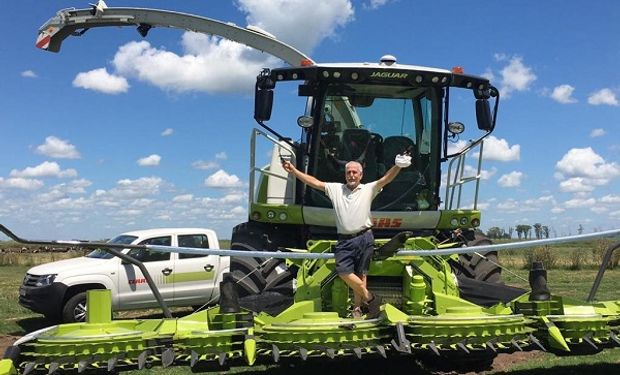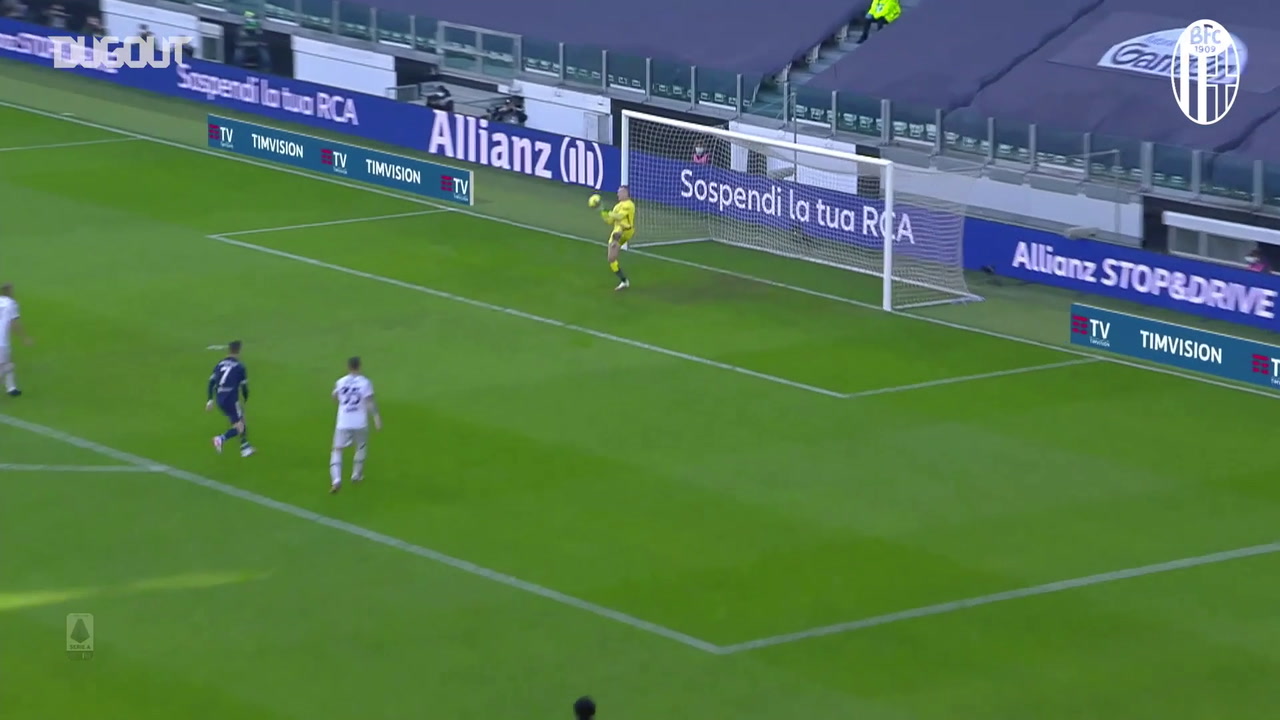23ofFebruaryof2021at15:26
–
That of Rodolfo Accorsi is also the story of Héctor Trottini, and surely that of many other dairy farmers and ranchers who, aware of the importance of having quality feed for animal feed, decided to move forward in the value chain.
Accorsi is a veterinarian and Trottini is an accountant. Both are dairy farmers and partners of Tecnosilos Totoras – in honor of the Santa Fe town where they live. The first step was taken in 1997, when, together with six other producers, they decided to import a forage grinder from the Netherlands in order to build their own silos without depending on anyone. Soon after, producers outside the group began to demand the service.
“We saw that there was unmet demand and also an opportunity for growth,” says Accorsi. This is how they began to acquire more machines. First it was a JAGUAR 695 MEGA, then a JAGUAR 850, then another 870. They had five mincers CLAAS.
In 2014, Accorsi decided to open his own path and together with his partner and friend Héctor Trottini, founded Tecnosilos Totoras. “We are both dairy farmers, and there is a nice ensemble: a man of numbers with a man of the country,” he says. Today they work almost 4000 hectares per year in the center-south of Santa Fe, north of Buenos Aires and Córdoba, and south of Santiago del Estero. Of this total, 80% corresponds to corn chopping and the rest is divided between sorghum, alfalfa, wheat and other winter crops.
–
“We like to say that we have a boutique company that provides quality services to the producer,” says the contractor. “To grow, you need to differentiate yourself from others. And that today means modernizing yourself, especially in terms of data management, yield mapping and precision farming”, Reflects Accorsi. “We believe that in the future it will be a fundamental element to provide information instantly and in detail on the volume of chopped material or the dry matter content, for example. And with the mapping of the lot, then the producer will also be able to accurately determine the sowing and fertilization ”, he adds.
This constant search for quality led them, in the middle of the pandemic, to renew its fleet of forage harvesters by incorporating two latest-generation CLAAS machines: one JAGUAR 960 and one JAGUAR 950 with ORBIS 750 and ORBIS 600 heads respectively. “We made the effort to change the two machines in this campaign so that all our customers have the same telemetry and data processing service. We released the JAGUAR 950 in October with pastures, while the JAGUAR 960 arrived a few weeks ago. Now both are doomed to chopping corn, “he says.
Its clients include producers from 10 hectares to establishments of more than 400 hectares. 55% are dairy farmers and the rest are ranchers. The goal is for everyone to be able to take advantage of the contribution of technology, which is why they incorporated a new operator to dedicate himself exclusively to data processing.
“It is a free service that we offer, but that we also want to impose. Our idea is to make this technology known to be used. It is logical that the larger producers, who have always been at the forefront, will adopt it more quickly. But we also understand that the mapping is very useful for dairy farmers“, Asegura Accorsi.
–
In addition to the CEBIS system, which functions as the brain of the machine and allows the processing of all collected data, Accorsi highlights the service of TELEMATICS to control the operation of the equipment online and remotely. “We fell in love,” he confesses. “We have the possibility of having the machine in our pocket. From the screen of my cell phone I can monitor the regulation or the revolutions of the mincer. Furthermore, I can offer the platform to each client so that they can see live what the machine is doing in their field ”, he adds.
Beyond the advancements in precision agriculture, the contractor highlights two other aspects of the recently acquired JAGUARs: the new ORBIS head and the innovative SHREDLAGE cracker. On the one hand, the head now has an ergonomic design that enables better material flow and higher cutting quality. “In addition, the revolutions of the head can be regulated, which is very important when chopping fallen corn or sorghum, since it allows lifting all the material,” he argues. Finally, it has the particularity of a fast folding in just 15 seconds.
On the other hand, in his role as a veterinarian, Accorsi underlines the virtues of the SHREDLAGE, a next-generation cracker exclusive to CLAAS. “In corn silage, 60% of the energy comes from the cob and the remaining 40% is mainly cellulose, which is of low digestibility in ruminants. But this new cracker allows to increase the aggressiveness not only damaging the grain, but also lacerating the fiber, giving a treatment to the plant that allows a better use by the bacteria in the rumen of the cow. All this increases the digestibility of cellulose in the animal and raises energy, which ultimately results in a higher production of meat and milk per kilogram of dry matter produced in silo ”, he explains.
In its long history, the contractor has already owned 14 CLAAS forage harvesters, including a JAGUAR 930 (with ORBIS 450 header) and a JAGUAR 960 (with ORBIS 750 header), which started the Tecnosilos Totoras adventure and that preceded the new acquisitions. “For the renewal of the equipment we try not to exceed five or six years, so that the model does not fall so much and also update ourselves with the technology. But we never hesitate to stick with CLAAS. When you have a reliable, state-of-the-art machine with aftermarket support and relatively inexpensive to repair, it costs a lot to change the shirt, ”he concludes.
—


